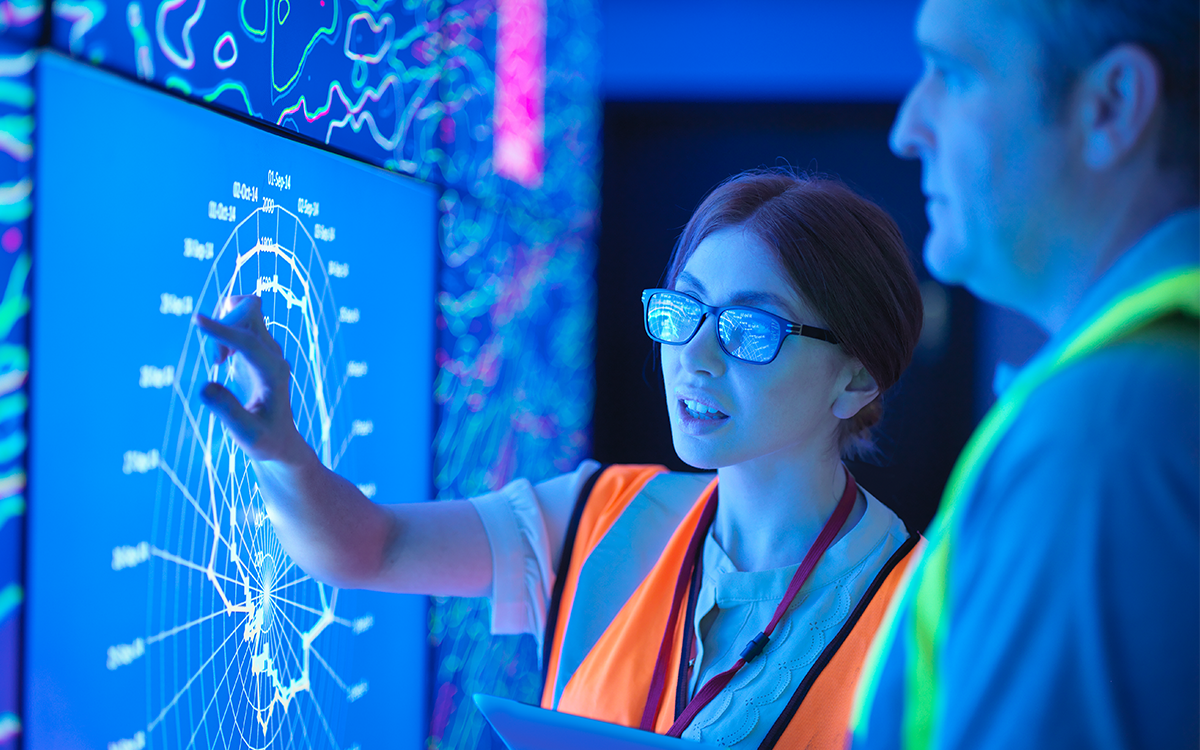
Using combinatorial optimization to enhance mobility
As the world grows, cities and regions must adapt to meet the constantly changing needs of citizens and to contribute towards combating climate change. For the people that live, work, study in and visit these places, mobility must be efficient, seamless, flexible, environmentally friendly and safe. How is it possible? With both the challenge and opportunity found in the data.
The switch to Mobility-as-a-Service (MaaS)
Today, however, too often the potential of this data isn’t being fully realized. In many cases, smart region initiatives suffer from constrained ambitions and silos – limited to a small number of users, seeking unambitious benefits or based on a single data set or technology.
To be able to provide Mobility-as-a-Service (MaaS), smart initiatives must be city-wide or region-wide. Changes must also be made in real-time or near-time, but this is a huge challenge, considering the complex urban transport systems we see today. They consist of multiple modes, systems and providers. And for them to become more efficient and sustainable, incredibly complex data with countless variables and combinations must be consolidated and optimized.
Consider the potential scale of a region-wide data set and then the task of finding meaningful, actionable interrelationships with other, equally large data sets. Where do you start? And that’s before you tackle the need for it to be processed so quickly to continually extract the optimal next action every time. Not to mention the requirement to recalculate whenever anything changes.
Traditional computing systems simply can’t cope.
Fujitsu Quantum-Inspired Optimization Services – enabling Always Optimal mobility solutions
As a Future Mobility Accelerator, Fujitsu is using Quantum-Inspired Computing to solve these challenges. Complex problems can be tackled by searching through quintillions of options in seconds, to find the best possible operational decision.
For example, with distribution route planning optimization, the best routes can now be identified across complex transport networks, even when variables change. And when the unexpected happens, networks become more resilient, calculating the impacts of unforeseen circumstances. For smart cities and regions, this promises greater efficiency, flexibility and sustainability, as well as increased trust from citizens and residents. Always Optimal mobility solutions can therefore help to:
- encourage economic growth
- increase capacity and resilience
- reduce energy consumption
- minimize pollution
And in the future, city-regions can plan and deliver more responsive systems based on human needs.
Always Optimal in action – traffic flow optimization
This is something that is already happening today. Fujitsu has worked with the Hamburg Port Authority to cut traffic congestion and speed up journey times by optimizing traffic light sequencing in the port area and on roads into the city. Within the area of fleet management optimization, we have also enabled modelling for Japan Post for delivery truck fleet reduction in Tokyo.
What we’re already seeing is that co-creation with Fujitsu is beginning to revolutionize our smart regions, enabling mobility and transport solutions to become Always Optimal. Learn more about Fujitsu Quantum-Inspired Optimization Services and the capability for smart cities to become Always Optimal. Watch the video overview and download the longer read whitepaper: Mobility in Smart Cities/Regions powered by Quantum-Inspired Optimization












